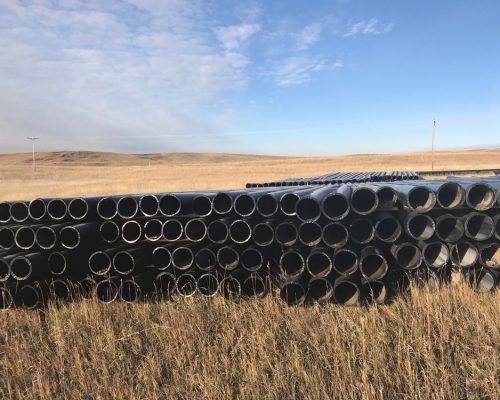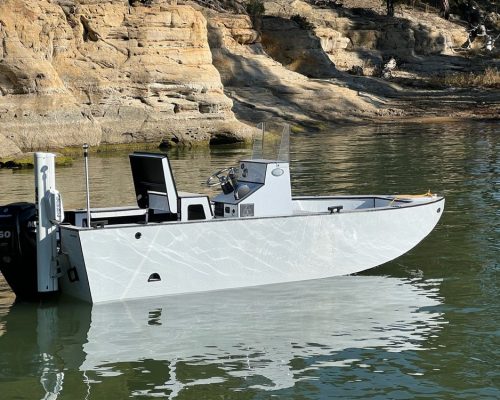What is HDPE Plastic?
High Density Poly Ethylene (HDPE) is a thermoplastic polymer derived from petroleum. Being one of the best plastics, HDPE is used in many applications, including bottles, boats, cutting boards, truck beds, rbb boats and so much more. The thermal properties also allow it to withstand higher heads compared to other plastics.
Developed in the 1950s, HDPE has become a cornerstone material in various industries due to its exceptional properties and broad range of applications. High-Density Polyethylene (HDPE) with a generalized chemical formula (C2H4)n is a robust, and highly durable thermoplastic polymer widely recognized for its impressive strength-to-density ratio.






